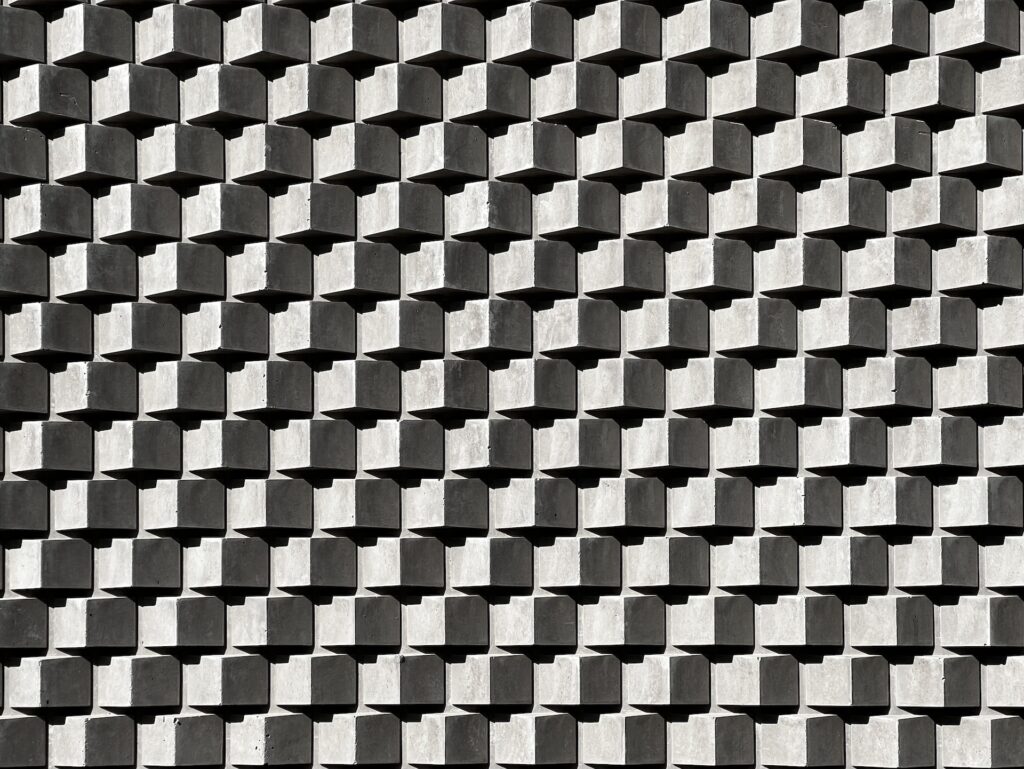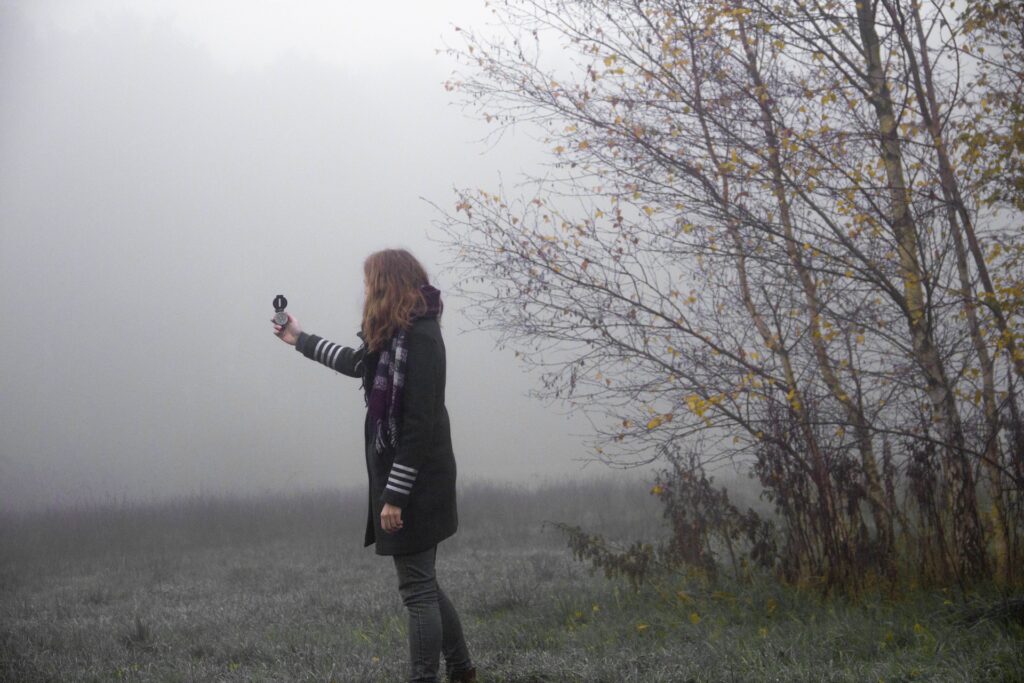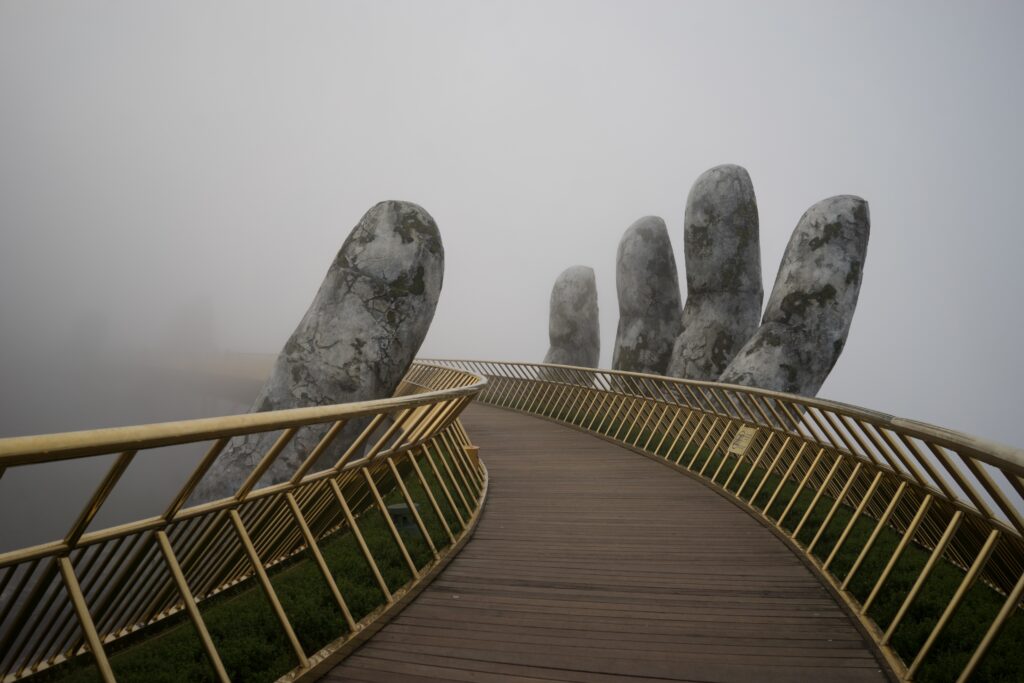In the multifaceted world of web design, planning and preparation are paramount. Two crucial steps in this early phase are the crafting of a web design brief and the conducting of a project discovery session. Though they both play pivotal roles in shaping the direction of a web project, they serve distinct functions and often create confusion among clients and even professionals. So what is the difference between the two and why do you need both?

In a Nutshell…
As a rule of thumb, the web design brief acts as a foundational document that outlines the ‘what’ of the project, laying down specific goals, target audience, and requirements. On the other hand, the project discovery session dives into the ‘why’ and ‘how,’ exploring underlying needs, possibilities, and potential challenges. In this blog, we aim to demystify these two essential components, shedding light on their differences, how they work in unison, and why understanding both is vital for a successful web design process.
Whether you are a seasoned Web Designer, a client looking to kick off a web project, or someone keen on understanding the nuances of web design planning and the discovery process, this comprehensive guide will provide valuable insights.
#1: The Web Design Brief
The web design brief is a vital document that sets the stage for the entire web project. It is akin to a roadmap that outlines the direction, key landmarks, and desired destination for the design journey. Here’s what it encompasses:
- What is a Web Design Brief
A web design brief serves as a formal agreement between the client and the Web Designer or creative agency. It encapsulates the core objectives, defines the target audience, sets brand guidelines, and outlines technical requirements. Essentially, it acts as a reference point, guiding and aligning the project team and all stakeholders throughout the project.
- Key Components of a Web Design Brief:
- Objectives and Goals: What does the website aim to achieve? Whether the aim is to increase sales, improve user engagement, or establish an online presence, the goals must be clear, measurable, and aligned with the business strategy.
- Target Audience: Who are the end users? Understanding the demographics, needs, and behaviour of the target audience ensures that the final design resonates with them.
- Brand Guidelines: How should the website reflect the brand? This includes the visual identity, tone, and message that must be consistent with the overall brand image.
- Technical Requirements: What are the specific functionalities and features needed for the new website? This can include e-commerce capabilities, integrations with other systems, mobile responsiveness, and more.
- Budget and Timeline: How much is allocated for the project, and what are the deadlines? Clear expectations around budget and timeline help in managing resources and keeping the project on track.
- The Importance of the Web Design Brief in Guiding the Project
The web design brief is more than just a document; it is a strategic tool. It sets clear expectations, fosters alignment between all parties involved, and helps in mitigating potential misunderstandings or conflicts. When crafted with precision, it becomes a project guide, adaptable to changes but always reflecting the core mission and vision of the project.

In summary, the web design brief is the compass of the web project. It is the foundation upon which the entire design process is built, and its importance cannot be overstated.
#2: The Project Discovery Session
While the web design brief lays out the fundamental goals and guidelines, the project discovery session is an interactive phase that digs deeper, exploring the underlying needs and intricacies of the project. It is a collaborative and immersive process involving clients, project managers, Web Designers, Web Developers, and all other stakeholders.
- What is the Project Discovery Session
A project discovery session is a collaborative exploration that seeks to understand the ‘why’ and ‘how’ behind the ‘what’ outlined in the web design brief. It focuses on uncovering the hidden challenges, opportunities, and requirements that might not be evident at the outset. The information gleaned here can significantly impact design decisions and strategies.
- Key Components:
- Stakeholder Interviews: Conversations with key stakeholders offer insights into their expectations, concerns, and the real problems the project aims to solve.
- User Research: By understanding the end users’ needs, preferences, and pain points, the project can be tailored to provide maximum value to them.
- Competitor Analysis: Investigating what competitors are doing helps in identifying market trends, opportunities for differentiation, and potential areas of improvement.
- Technical and Feasibility Study: A thorough examination of the technology landscape ensures that the planned features and functionalities are feasible and align with the existing tech stack or new technologies.
- Who are the Stakeholders?
In the context of a web design project, stakeholders are individuals or groups who have an interest, influence, or stake in the project. They can either affect or be affected by the project’s outcome. Here’s a breakdown of typical stakeholders in a web design project:
- Client: The person or organisation commissioning the website. They have a direct interest in the project’s success as they are investing resources and expecting specific outcomes.
- End Users: The target audience or the individuals who will be using the website. Their needs and expectations must be considered in the design process to ensure usability and satisfaction.
- Design Team: This includes Web Designers, UX/UI Designers, Graphic Designers etc., responsible for creating the visual and interactive elements of the website.
- Development Team: The Web Developers who will be building the site, including Front-End and Back-End Developers. They need to ensure the site functions as intended and meets technical requirements.
- Project Manager: The individual or project management team responsible for overseeing the project’s progress, ensuring it stays on time and within budget.
- Marketing Team: If the website has marketing or sales goals, the marketing team might be involved in ensuring that the site aligns with marketing strategies and promotes the desired brand image.
- Content Creators: Copywriters, photographers, videographers, or others who might be responsible for the content that will be featured on the site.
- Legal and Compliance Teams: Those who ensure the website complies with legal requirements, accessibility standards, privacy policies, etc.
- Other Business Stakeholders: Depending on the nature of the project, there might be other department heads, executives, or internal teams who have a vested interest in the website’s success, especially if it is an integral part of the organisation’s operations.
- Suppliers and Partners: If third-party products, services, or integrations are involved in the project, these entities become stakeholders as well.
- How a Project Discovery Session Enhances the Web Design Brief
The project discovery session is not a mere extension of the web design brief; it is a complementary phase that breathes life into it. Where the web design brief sets boundaries and outlines requirements, the initial discovery session explores, questions, and refines those boundaries. This discovery phase ensures that all stakeholders have a shared understanding, not just of the project’s goals, but of the underlying reasons and the best path to achieve them.

In essence, project discovery sessions act as the bridge between the conceptual and the tangible. It is a dynamic, interactive process that ensures the project is rooted in reality and tailored to the specific needs and context of the client and users.
#3: Comparing the Two
Both the web design brief and the project discovery session play integral roles in the early stages of a web design project, yet they serve distinct purposes and have different characteristics. Here, we examine some of the similarities and differences between the two:
- Similarities:
- Initial Stages: Both are essential components in the initial planning stages, setting the foundation for the entire project.
- Collaboration: Both involve collaboration between various stakeholders, including clients, Designers, Developers, and others, to ensure alignment and understanding.
- Differences:
- Scope:
- Web Design Brief: It is more focused on defining the ‘what’ of the project. It outlines the goals, target audience, brand guidelines, technical requirements, budget, and timeline.
- Project Discovery Session: Delves into the ‘why’ and ‘how,’ exploring underlying needs, possibilities, and potential challenges.
- Engagement:
- Web Design Brief: Often led by the client with input from the design team, focusing on tangible deliverables of the project scope.
- Project Discovery Session: A more interactive and collaborative process, involving in-depth conversations, research, and exploration.
- Deliverables:
- Web Design Brief: Results in a formal document that guides the project.
- Project Discovery Session: Produces insights, research findings, and a refined understanding of the project’s context and requirements.
- Timing:
- Web Design Brief: Typically conducted at the very beginning of the project, providing the foundational framework.
- Project Discovery Session: The project discovery meeting often follows the brief, taking the initial information and digging deeper to ensure a comprehensive understanding.
In Summary…
While the web design brief lays the groundwork by defining the goals and requirements, the project discovery session builds on this foundation, exploring the underlying context and complexities. Together, they form a robust starting point for the project, ensuring that all stakeholders have a clear and shared understanding of what the project aims to achieve, why it matters, and how it will be accomplished.

Understanding the nuanced roles of both the web design brief and the project discovery session is essential for anyone involved in web design. Recognising their distinct functions and knowing how to leverage them effectively can greatly enhance the planning process, paving the way for a successful and well-aligned project.
#4: Choosing the Right Approach
Both the web design brief and the project discovery session have distinct values, and their effectiveness depends on how and when they are utilised within the project. Understanding the nuances of each can guide the decision-making process. Here’s a breakdown to help you choose the right approach:
1. Assessing Project Complexity
- Simple Projects: For smaller, more straightforward projects, a well-defined web design brief may be sufficient to capture the necessary details.
- Complex Projects: For more complicated projects with multiple stakeholders, unknown variables, or innovative requirements, a detailed project discovery phase will likely be necessary to explore the complexities.
2. Understanding Client Needs
- Clear Objectives: If the client has well-defined goals and a clear vision, focusing on creating a comprehensive web design brief might suffice.
- Ambiguous Objectives: If the goals or requirements are unclear, a project discovery session can be instrumental in clarifying and refining the project’s direction.
3. Time and Budget Considerations
- Limited Resources: If time or budget is a constraint, a streamlined approach focusing on a concise web design brief may be the practical choice.
- Ample Resources: With more time and budget, a thorough project discovery session can provide significant value, exploring possibilities, and mitigating risks.
4. Consideration of Stakeholder Engagement
- High Engagement Needs: When the project requires deep understanding and buy-in from various stakeholders, a project discovery session fosters collaboration and shared understanding.
- Low Engagement Needs: When stakeholder needs are well-known, and alignment is already strong, a focused web design brief may be sufficient to complete the project successfully.
5. Tips and Best Practices
- Be Adaptable: Tailor the approach based on project characteristics, stakeholder needs, and other contextual factors.
- Use Both When Appropriate: Many projects will benefit from a combination of both a comprehensive web design brief and an in-depth project discovery session.
- Communicate Clearly: Ensure that all stakeholders understand the process and their roles, fostering collaboration and alignment.

Choosing the right approach between a web design brief and a project discovery session is not necessarily an either/or decision. The two can and often do work in tandem, each enhancing the other. The key lies in understanding the specific needs, complexities, and constraints of the project and then tailoring the approach accordingly. By doing so, one can align the project with the ultimate goals, engage stakeholders effectively, and lay the groundwork for a successful web design project.
